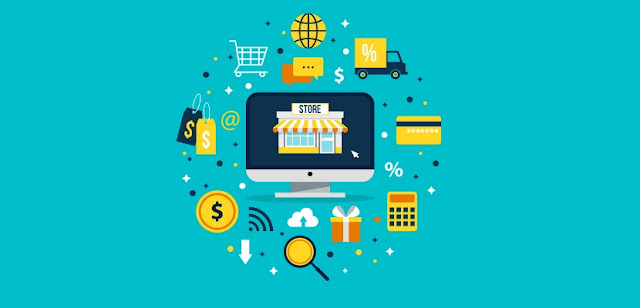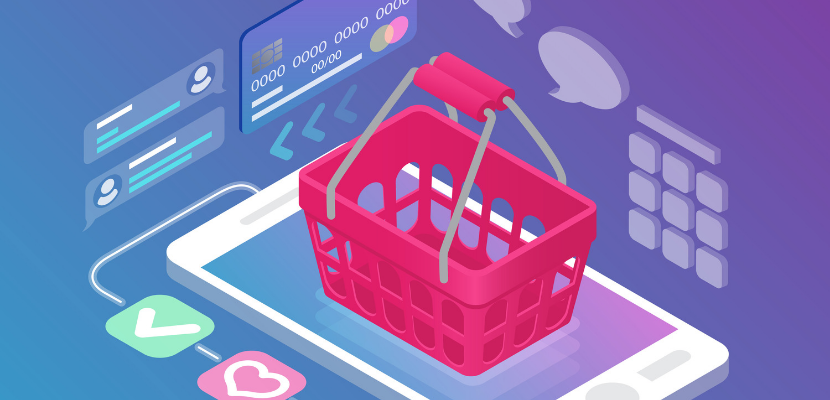The Different Types of e-Commerce
The
current e-commerce market relies heavily on maximizing the conversion rate,
which translates into increased sales, revenues and potential profits. The
configuration of an e-commerce store opens an untapped revenue stream for new
or existing businesses.
There
are many types of e-commerce and transactions in the world of e-commerce today.
Understanding these options and choosing the one that best represents your
business will help you in the process of creating your site and selecting an
eCommerce CMS to get started.
·
Business-to-Business (B2B)
·
Business-to-Consumer (B2C)
·
Consumer-to-Consumer (C2C)
·
Consumer-to-Business (C2B).
·
Consumer-to-Administration (C2A)
Read
More : Develop eCommerce
Website
Business-to-Business
(B2B)
As
the title suggests, a B2B transaction is where one company is selling to
another. These transactions often involve customizing an order continuously.
B2B transactions can include bulk prices, orders for larger quantities or
special products that an average consumer would never need on a day-to-day
basis. B2B transactions create powerful and lasting relationships between each
side when they are properly organized. Typical products that are involved in
B2B transactions include office supplies, gasoline and oil, medical equipment,
airplanes, ships and military equipment. These items are large in physical size
or in necessary quantities, which would be overwhelming for an average consumer
to buy on their own.
Business-to-Consumer
(B2C)
The
most traditional type of transaction from the consumer's point of view is the
B2C model. This model replicates a purchase made at the store in a physical store
but made entirely online. Companies sell products directly to consumers via
their website. The Internet serves as a market in itself and the e-commerce
store serves as a portal between businesses and consumers who shop online.
Online stores can list multiple products and SKUs, giving customers many
options to choose from when shopping. This gives more options to a customer to
study and find the ideal solution. Clothing, electronics and outdoor recreation
equipment are just some of the products sold online effectively in B2C. The B2C
transaction is not limited to products, but services are also frequently
distributed in this way. Businesses can offer services such as financial
advice, tutoring, subscriptions and more to enhance their online presence.
Read More:
eCommerce Website
Development
Consumer-to-Consumer
(C2C)
With the rise of e-commerce,
innovations have been numerous in many ways. The Internet itself is a powerful
market in itself. Other markets have come to fruition to offer consumers buying
options and ways to obtain the desired products. Platforms like eBay,
Craigslist, Grailed and even parts of Amazon allow consumers to sell to
consumers. This bridge allows men and women to sell products without creating a
personalized store. This translates into quick and easy individual transactions
that allow for specific items, second-hand products and individual listings.
Consumer-to-Business
(C2B)
On
the other side of the spectrum, the C2B model allows companies to receive value
from consumers, while traditionally the opposite happens. Consumers can provide
businesses with a service to expand their existing business through a reverse
auction. Consumers can act as entrepreneurs who bid for certain projects, which
allows them to create value for the company. This name, your price option,
allows companies to reach different parts of a community without previously
exploiting. For example, popular bloggers can charge fees to companies that
want their item or idea to appear on the list for visibility. The consumer
establishes the price and has a leverage effect on the transaction, since it
provides the service.
Read
More : eCommerce Website
Development Chennai
Consumer-to-Administration
(C2A)
This
relationship allows consumers to receive information, make payments and
establish a line of direct communication between the government or authorized
agency and the consumers it represents. Many common C2A transactions may
include paying taxes, fines, zoning code questions, or paying tuition fees at a
university. This allows consumers to do business instantly with large companies
that in the past were tedious and inefficient. Previously, this type of
activity was tedious and tedious, but operations have improved considerably
since transactions can be made over the Internet. This opens up resources for
both consumers and the administration to allocate them more effectively.
Source
1


Comments
Post a Comment